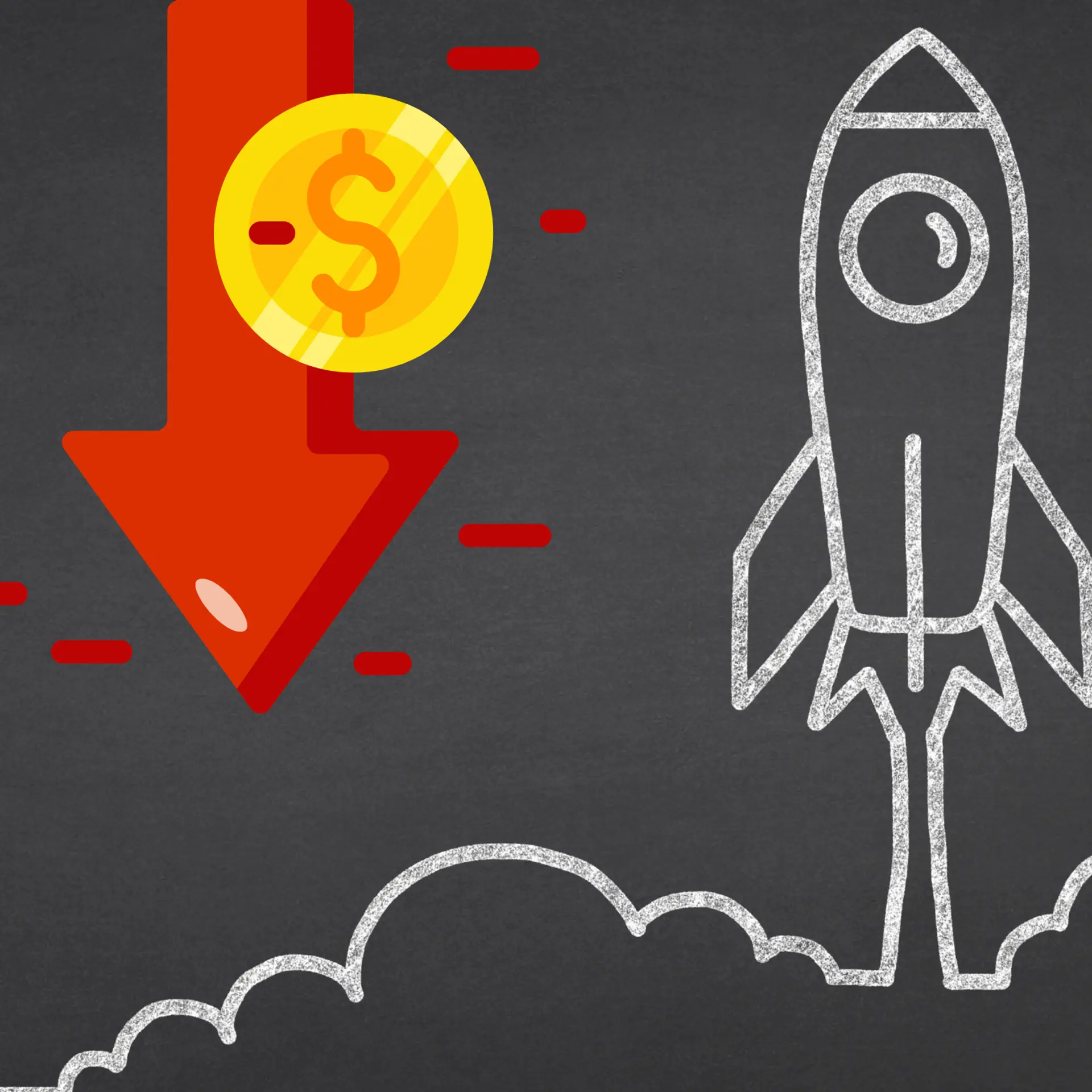How to write an effective follow-up email
Every day, dozens of emails are sent from various people in the office asking for favours, feedback, or inputs on projects, but not all of them are replied to. While writing an email, most people focus on how the receiver can help them with something rather than the other way around. This is the main reason why most follow-up emails don't get desired responses. So, how can you write follow up emails and make it about the receiver but still get them to do what you want?

Image : shutterstock
Know your objective well
While writing a follow-up email, you should be well aware of your objective. Without a specific objective, it's almost impossible to draft a good email with a proper CTA (call to action), which makes the entire conversation pointless.
Show your interest in them
It's all about how well you play with the words and write an email with the end objective in mind. Rather than trying to sell something or asking for a favour straightaway, show a genuine interest in the person you're writing to.
In order to make the other person believe that you're really interested in them, do some research and figure out if they have written any blog post or closed a business deal recently. Once you find out that, mention it in your email and tell how happy you were to read that post or hear about that business deal.
The rule of reciprocity says that people are much nicer and cooperative in response to friendly actions. You can use this rule and increase your chances of getting a reply.
Timing is key
Once you've written an effective email, the next job is to select a suitable time to press the Send button. Depending on your case, it's good to write ‘thank you’ follow-ups after 24 hours, ‘job application’ follow-ups after 48 hours, ‘meeting/job offer’ follow-ups after seven to 10 days and ‘old client’ follow-ups every two to three months. The duration can increase or decrease based on your objective.
What you can do is schedule your email well in advance to ensure you don't miss the perfect time due to the busy schedule. Tools like Boomerang for Gmail or Email Scheduler for Gmail can help you in scheduling emails for a future date.
At the end, it’s all about how genuinely you’re interested in the other person and make them realise this. If your follow-up is good enough to grab their attention, you can expect a positive reply every single time.
Do you have any more tips to add to the list? Do share them in the comment section.







